- February 23, 2016
- By Liam Farrell
As a double major in government and politics and Spanish who now develops software, Sana Javed ’09 doesn’t fit the stereotype of someone seeking a formative experience in the art world.
But from working on data visualizations to just communicating with colleagues, Javed is still using the lessons she learned in one of Maryland’s most unusual opportunities: the Contemporary Art Purchasing Program (CAPP).
In the last decade, CAPP has given a biannual committee of students from across majors the opportunity to spend a total of $50,000 from a mix of private donations and student fees on real works of art and build a collection for their peers to enjoy and study.
“This is almost something like a time capsule,” says Javed, who is now on CAPP’s advisory board. “It was great to be taken seriously and essentially seen as ambassadors for the student body.”
Every other year, a handful of students are selected to serve on the program’s committee. They take a contemporary art theory class on markets and collecting, visit galleries in Baltimore, D.C. and New York City, then decide what to buy. Lindsay Smilow ’07, now a consultant for art nonprofits, learned the importance of public speaking, presentations and negotiation.
“I had never had the opportunity to walk into an art gallery and say, ‘OK, we’re going to be buying something’,” she says. “Also, you had to convince your peers, as well as the advisory committee, it was a worthwhile purchase.”
Now through March 11, almost the entire CAPP collection is on display at the Adele H. Stamp Student Union-Center for Campus Life. Some of the nearly 40 pieces are in the Stamp Gallery; others are spread throughout the common areas, where the student-purchased artwork is typically rotated and exhibited. CAPP’s goal is to integrate that art into student life.
“The work doesn’t go off in a vault,” says Cecilia Wichmann, the Stamp Gallery coordinator. “Students get to be around it.”
See the gallery below for some of the pieces students have purchased since CAPP began in 2006.

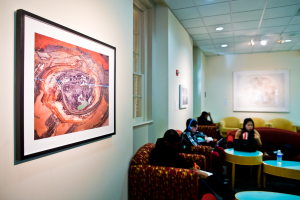
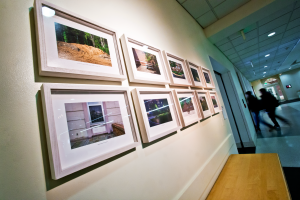
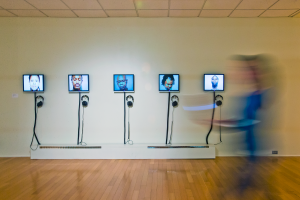
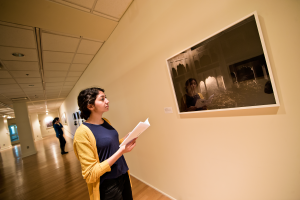
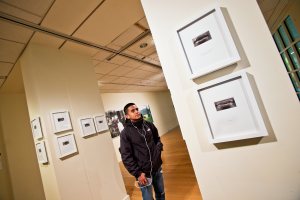
Tags
Student Experience